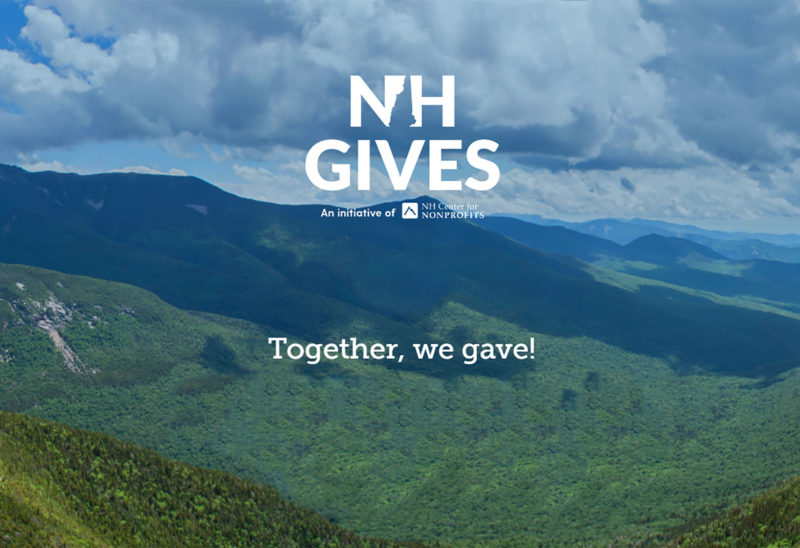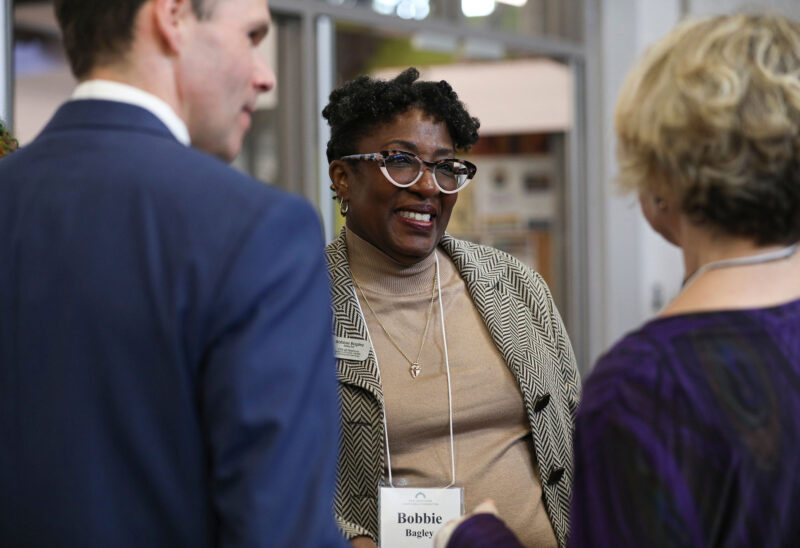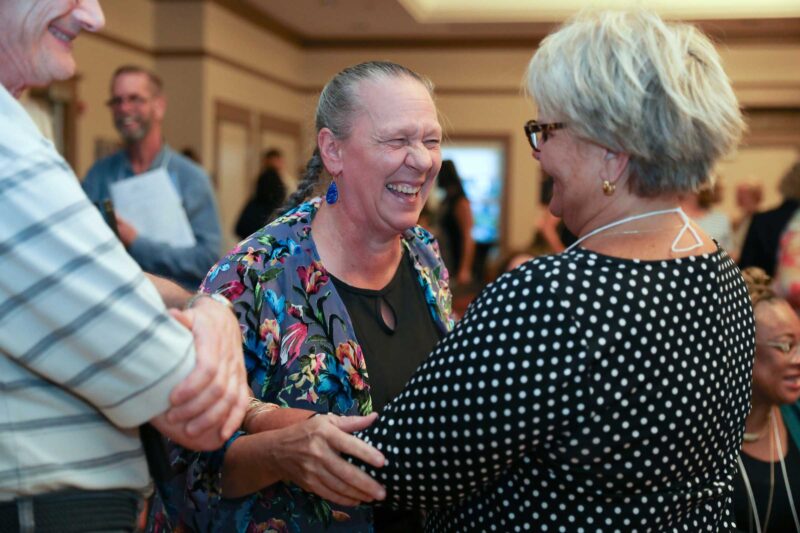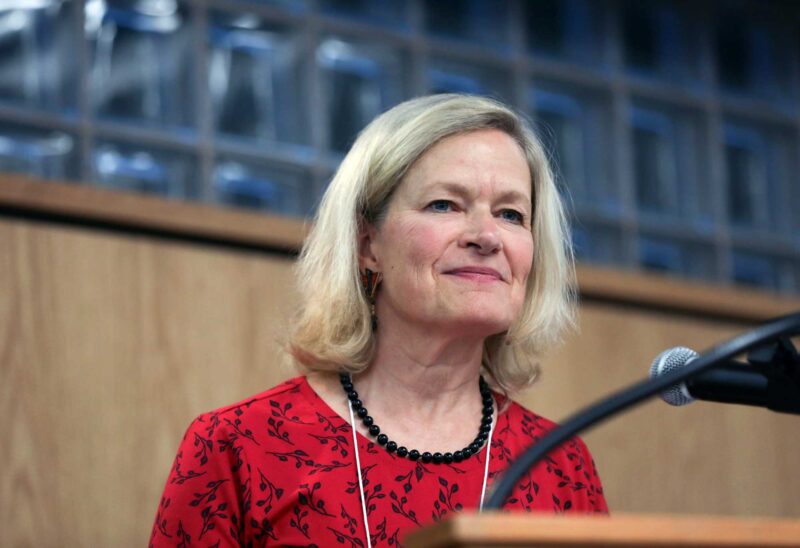Vu Le is the executive director of the Rainier Valley Corps, a Seattle nonprofit that promotes social justice by supporting leaders of color, strengthening organizations led by communities of color, and fostering collaboration between diverse communities. His weekly blog, “Nonprofit AF,” has gained a nationwide following for its brutally honest and honestly hilarious commentary on the nonprofit sector. Le will be the keynote speaker at the Nonprofit Leadership Summit on September 21, an annual gathering presented by the New Hampshire Center for Nonprofits and sponsored by the New Hampshire Charitable Foundation. He spoke with the Foundation’s Lois Shea about the “caustic” comparison between businesses and nonprofits, about the Nonprofit Hunger Games — and about unicorns.
Your topic for the nonprofit leadership summit is: “Own Your Awesomeness: Unlocking the Full Potential of Nonprofits and Our Partners to Do Good.” What are some of the barriers you see among nonprofits to owning their awesomeness?
We have several misconceptions and beliefs that are very prevalent and that we don’t take time to examine. The caustic comparison between nonprofits and for-profits is one. We appreciate our for-profit colleagues — and at the same time many have this belief that non-profits don’t run as well as for-profits, that we don’t know what we are doing, that we are the scrappy, younger idealistic sibling. But there are major differences: as nonprofits become more successful, we incur more expenses without an increase in revenues. If we serve more people we have to fund-raise more. And we don’t get nearly as much of an investment at the outset. We’re getting by on $5,000 and $10,000 grants, and people expect miracles to happen: “We gave you 10k. Why haven’t you ended homelessness?” [Laughs.] But a company like Bitmoji, an app that makes pictures of people into cartoons, got $8 million in startup funding in one year. Eight million!
And nonprofits have all these restrictions on funding. No one goes to a bakery and says “I want to buy cake, but I don’t want any of this $20 I am giving you to pay for the vanilla or the electricity for the oven or for your chef’s salary.” Nonprofits take on the most complicated issues in society with the least amount of resources and all these restrictions. This is one example of the mindset that we have to get over.
How? How do we get over it?
We need to fight against it. We have been trained to be very nice people. We are dealing with some tough issues. We attract compassionate people and we are not as assertive as we should be. Instead of fighting back and saying “these restrictions are ridiculous,” we are doing funding Sudoku. Why are we doing that? We should push back more against these unfair expectations that prevent us from doing our work.
What else?
Another thing that we should talk about is our competitiveness with one another. I call it the “Nonprofit Hunger Games.” That competitiveness is not good when all the missions are interrelated and affect one another. We need to be helping to highlight one another’s missions and introducing donors to one another. Maybe choosing not to apply for a grant and encouraging another organization to apply. And calling the funder and saying “we’re not applying but there is this great organization that you should consider.”
And if funders really care about specific issue in a specific community, then only that community should be able to apply. For instance, if you really care about the Latino community and Latino kids who are being failed by the school system, well then only Latino organizations should be able to apply — organizations that are led by people in that community and serving that community. Ninety percent of philanthropy goes to white-led organizations. We know that. They do good work, but so many of the people our sector serves are people of color, so we should really ensure organizations from these communities are getting the resources to do their work.
You write extensively about the need for unrestricted operating support to nonprofits. How much uptake are you seeing in the amount of charitable dollars going toward unrestricted operating support?
It has been slow, but I have been seeing some progress. I have been seeing more foundations starting to really buy into this philosophy and using this trust-based model proposed by The Whitman Institute. Because restricted funding is saying ‘we don’t trust you.’
Your columns are almost always hilarious — and you are writing about work and about a sector that is as serious as a heart attack most of the time. Why is humor a good tool for the nonprofit sector? How could the sector benefit from a little (or a lot) of lightening up?
Our work is really serious all the time, and we deal with some incredibly serious, sometimes heartbreaking things. And I think it is important for us to see the joy and the humor in the work and in one another. There are some really smart, incredibly hilarious people in the sector. But whenever we see the writings [from the nonprofit sector], it is always incredibly serious. That is not always the best way to get people to absorb a message. I think humor allows us to disarm a little bit and absorb a message and talk to one another more honestly.
Why did you change the name of the blog?
The name of the blog was “Nonprofits with Balls,” and it was tongue-in-cheek. But I realized that we have to be thoughtful about the humor, and about whether we are reinforcing the challenges that we want to address. And if something seems sexist, I don’t want to contribute to it.
I asked some of our program officers what questions they might want to ask you, and one colleague raised the question of how funders might do better at approaching the “sustainability” question with nonprofits. (A question frequently asked on grant applications about how the work being funded will continue after the grant period ends.)
This is probably a longer conversation. But the entire way of thinking about this is not effective at all. The reality is that nonprofits are always going to be dependent on foundations. Unless government increases taxes and we fix these [complex problems that nonprofits work to address]. The focus on sustainability is forcing us to play funding hot-potato. So we are wasting so much time trying to get funding and not doing our work. And is there really limited funding? No. Because funding is being squirreled away. Foundations are saying ‘we cannot give more than five percent,’ [of assets in a year.] Why? Would it not be better, if the house is on fire, using 95 percent of the water to put it out? Stop getting to the scarcity mindset, because it causes competition. The philosophy around this expectation of nonprofits being “sustainable” has to change, because by our very nature we will never be self-sustaining.
So you are saying funders should not ask about sustainability at all?
Yes.
I am very critical, but I also really appreciate that funders and nonprofits — everyone is trying to make the world better. And I think if we can address some of the practices and mindsets that are not effective, we can really unlock the potential of the sector to do incredible things. “Sustainability” is one of these mindsets.
You use the term “bizsplaining” a lot, to talk about how some people in business talk to people in nonprofits. Have you, on the flip side of that, seen examples of truly humble, respectful appreciation from the business community, in ways that demonstrate a real understanding of the work?
Yeah. There are plenty of amazing for-profits out there that are great partners to nonprofits. They contribute their time and talent and connections. We wouldn’t be successful without so many of our for-profit friends. I really appreciate people who worked for corporations and then they come to a nonprofit and recognize the challenges we face. I know a high-profile judge who left her position and founded a nonprofit. And she said, “This is so much harder than being a judge,” which was kind of surprising. A colleague of mine, her brother works in rocket science (literally — rocket science!) and he says, “Yeah what I am doing is difficult, but not as difficult as what you are doing. At least in physics, things are predictable, and I can calculate.” There is little predictability in nonprofits.
I want to ask something related less to your blog and more related to the work of your organization. First of all, what does your organization do?
Rainier Valley Corps is trying to bring more leaders of color into the nonprofit sector, because only about 18% of nonprofit professionals are people of color. One of our programs is a fellowship where we recruit emerging leaders of color and provide them with a salary and training and have them work full-time for two years at organizations led by communities of color to help them strengthen their programs and infrastructure. We also support these organizations through our holistic capacity-building program, where we handle back-office needs such as payroll, financial management, HR, etc., so the organizations can focus on programs and services.
You may have seen a recent story in the New York Times with the headline “New Hampshire asks: how do you diversify a whole state?” which got some national attention and critical commentary. There have been some very well-thought-out efforts happening in New Hampshire in recent years to welcome New Americans and others. Have you got any suggestions you would like to offer for nonprofits and funders who are committed to building strong, just and inclusive communities – especially given the current political climate?
One is definitely having these conversations [about race and equity] organization-wide. It cannot be one meeting and four people on a committee who make recommendations that get ignored. It needs to be pervasive. And we need to understand that a lot of this is unconscious – we all have these biases, and we need to examine them. And many people have never had these trainings and conversations. It is hard for people to really be engaged in this when they have had no training whatsoever and it is the most highly-charged issue ever. So just being reflective and self-aware. When we are doing the right thing, some people are going to get upset — and right now, they have been emboldened by the political landscape to be loud and disruptive. This kind of thinking is out there, and society is contending with it. People are starting to acknowledge that there is systemic racism out there. What happened in New Hampshire demonstrates that this is exactly what we need to be doing. We need to be having more of these conversations.
And now I have ended on a serious note. So um, let’s lighten up again…You must get a lot of fan-mail about your blog. Tell me about something funny that has come your way in response to a post.
I write a lot of posts that mention unicorns. Readers have been sending me a lot of unicorn stuff…like inflatable unicorns and stuffed dolls and stickers. So I have a unicorn shrine now at the office!
For people who are not familiar with your use of a unicorn as a mascot: why unicorns?
Unicorns are magical, and I think that’s what nonprofit people are — because we are expected to perform miracles using limited and highly-restricted resources. We’re awesome and magical!

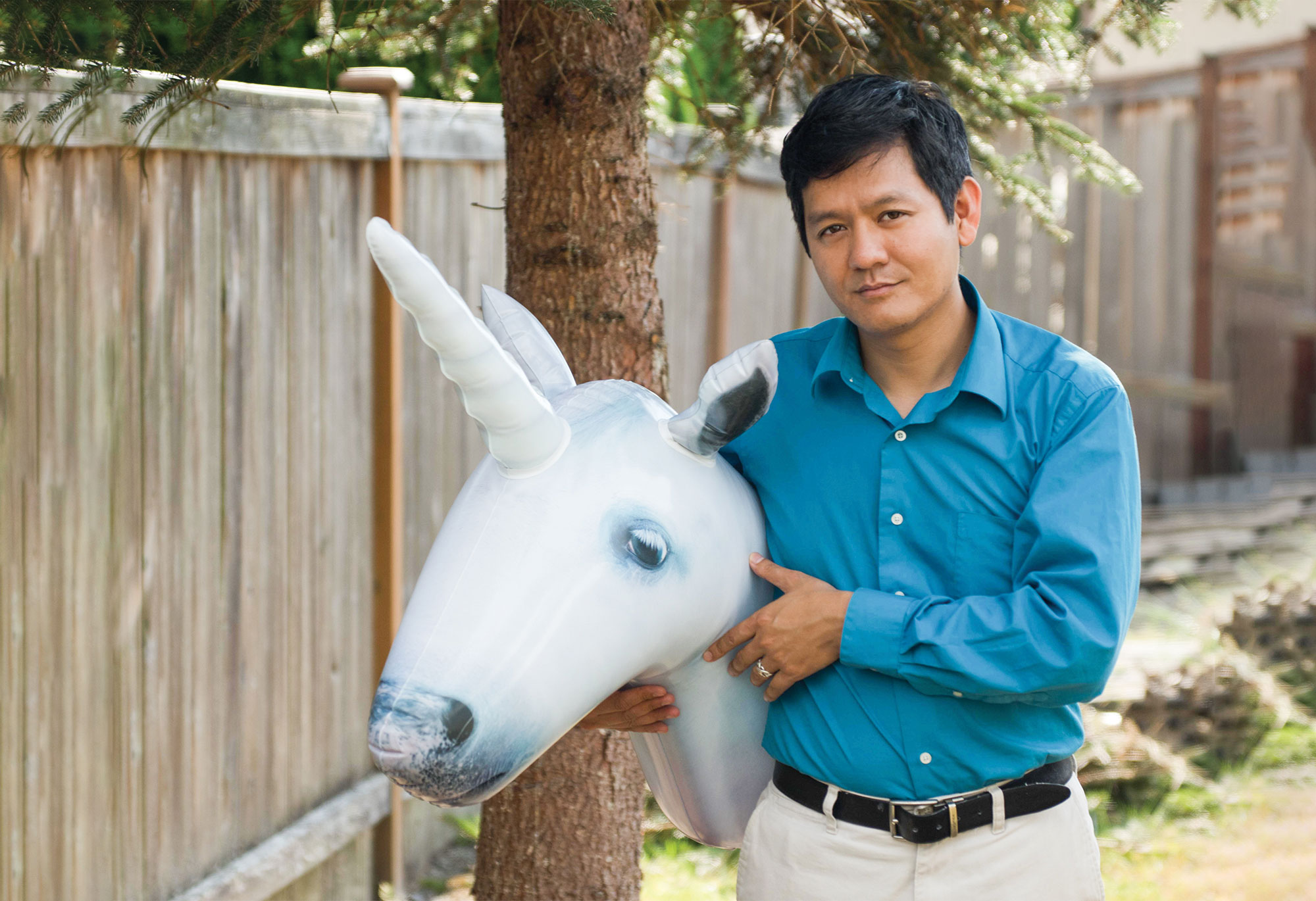







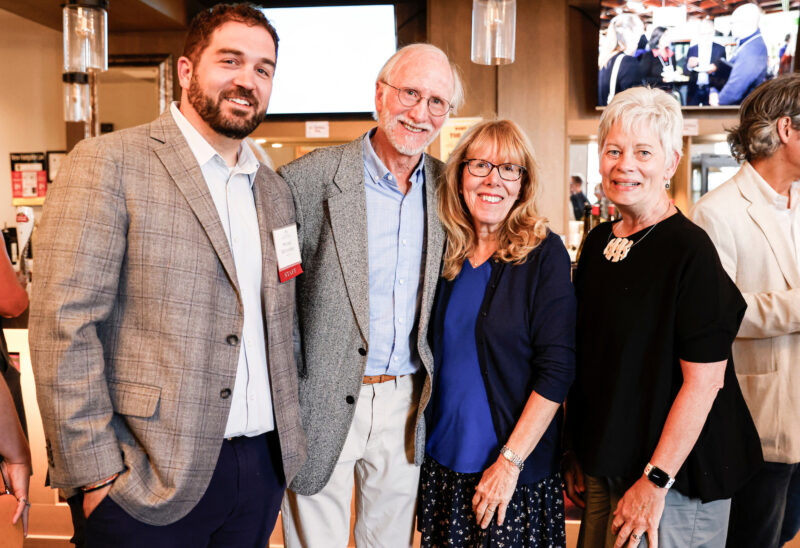
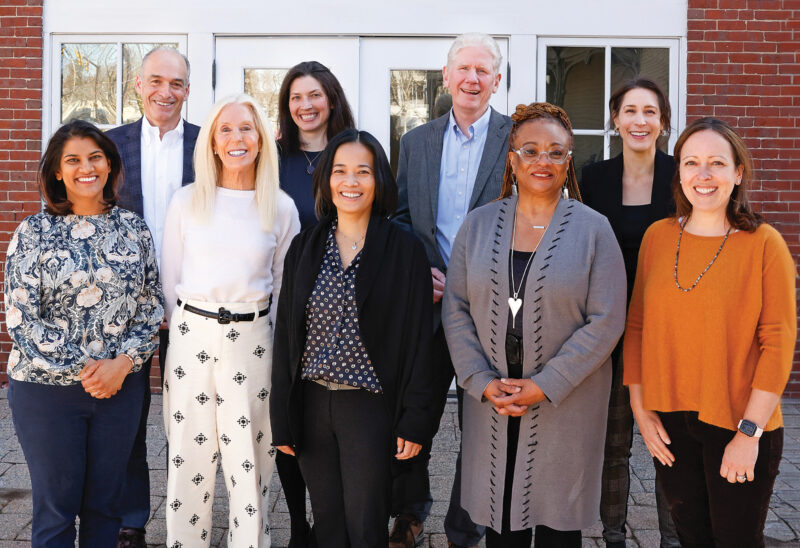
![Indrika Arnold, Senior Wealth Advisor, the Colony Group [Photo by Cheryl Senter]](https://www.nhcf.org/wp-content/uploads/2024/05/Indrika-Arnold-Hero-800x534.jpg)
